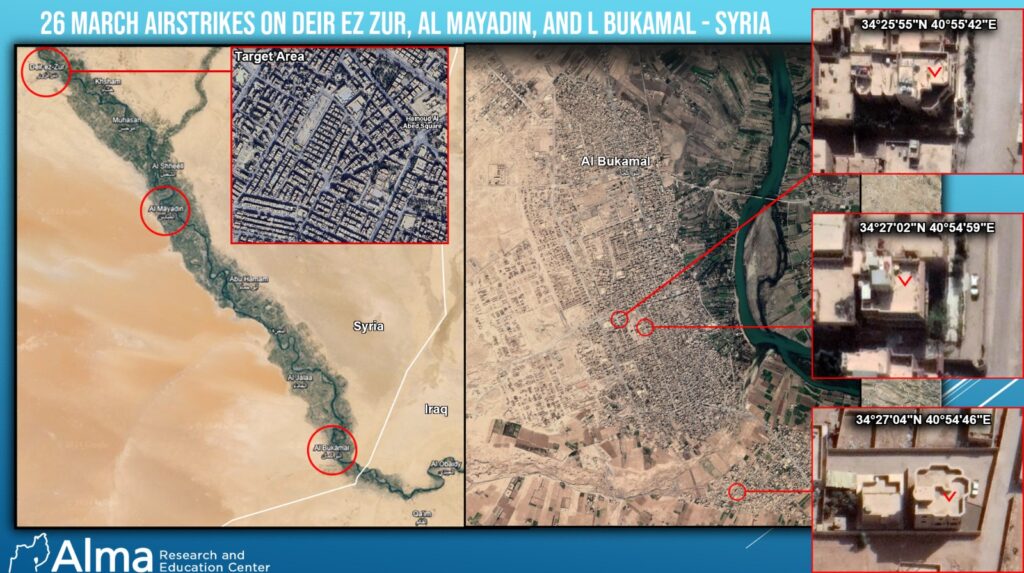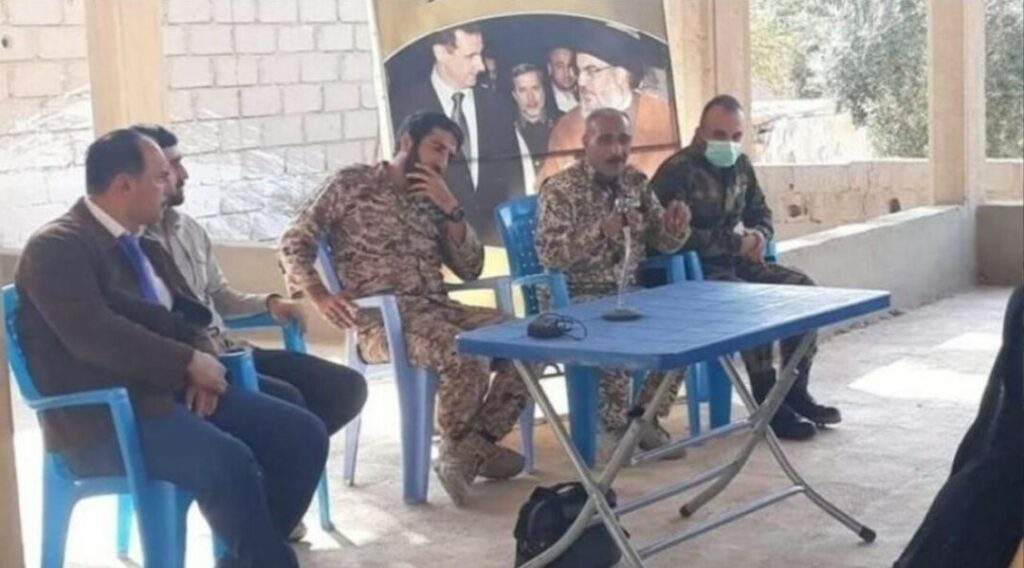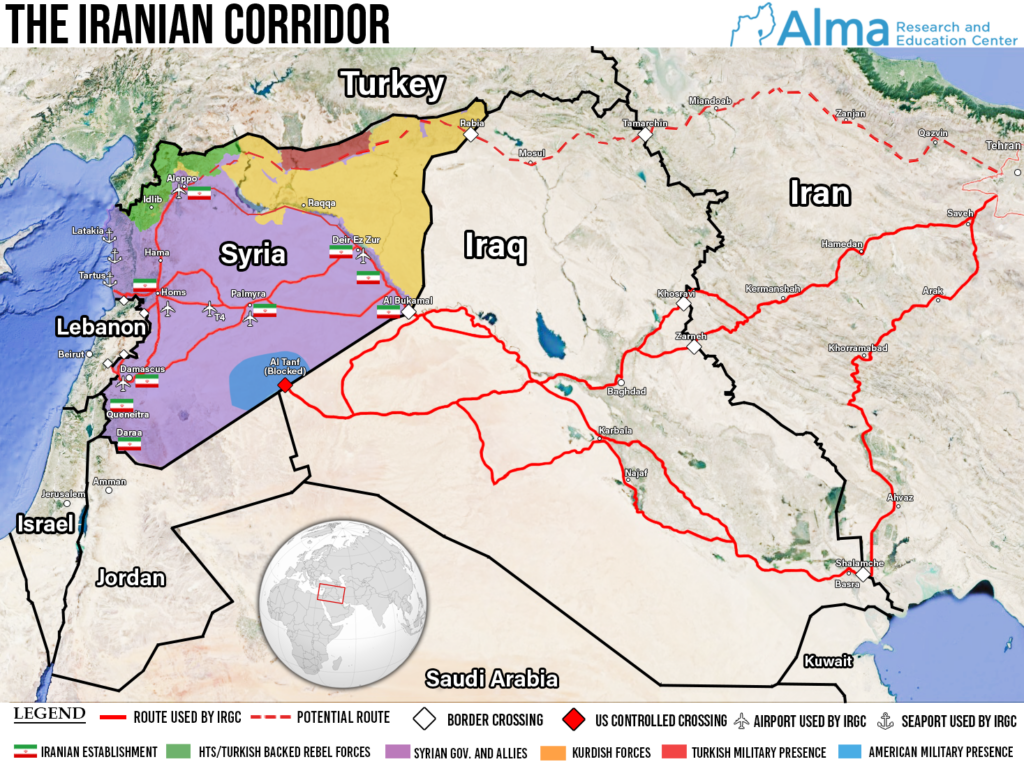On the night between March 25 and 26, an airstrike was carried out in eastern Syria, close to the Iraqi border. The attack, which included around ten targets, targeted IRGC affiliates in Albukamal, Salahiya, al-Mayadeen, and Deir ez-Zor. This was a relatively rare attack, both in terms of its extent and in the reports that Israel claimed responsibility for it.

According to sources, the attacks targeted weapons stockpiles, headquarters, and a home in Deir ez-Zor where senior IRGC and Shiite militia officials convened.
The geographic strip between Albukamal and Deir ez-Zor, where the targets were attacked, is well known as an anchor for significant Iranian geographical entrenchment within the framework of the Iranian land corridor, which transports large amounts of weapons to Syria and Lebanon.

As we have lately witnessed, the Iranians also routed some of the weapons, smuggling them into Judea and Samaria through southern Syria and Jordan.
The IRGC’s Intelligence Division 4000 and its leader, Jawad Ghafari, are in charge of the smuggling operation to Judea and Samaria, as is the Quds Force Special Operations Unit on Syrian soil (Unit 18840), which is under the auspices of Yazdan Mir (also known as Sardar Bagheri).
Division 4000 operates within the framework of the IRGC intelligence organization. You can read about the IRGC’s intelligence organization and the units operating within it in the IRGC special report we published on March 11, 2024, which is a prelude to the in-depth reports that we will publish on the various IRGC units.
Multiple sources in Syria indicate that the attack claimed the lives of a minimum of fifteen individuals, including Iranians, Syrians, and Iraqis. Furthermore, there have been recent reports suggesting that Haj Askar, the military commander overseeing the Shiite militias in the northern region of Albukamal Province en route to Deir ez-Zor, was killed in the assault. However, this has not been confirmed, and he may have escaped unscathed.

Behrouz Wahidi
A few individuals have been identified as having been killed in the strikes thus far, including Behrouz Wahidi, an IRGC officer, and a Syrian engineer. There is a likelihood that subsequent funerals and official Iranian reports (if any) will provide additional information regarding the identities of those who perished.

Hajj Askar (third from right in uniform)

In conclusion, it appears that the attack had two goals: first, to send a message to Iran in the context of its attempts to transport weapons into Judea and Samaria, and second, to disrupt and damage Iran’s arms smuggling infrastructure in Syria and Lebanon.






